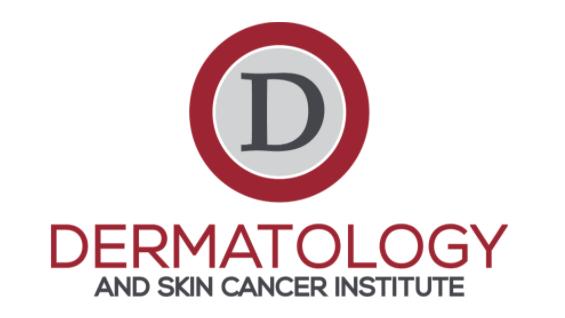The facts about Actinic Keratoses.

What are Actinic Keratoses?
Precancerous lesions, also known as actinic keratoses (AKs), are abnormal growths or changes in skin texture that occur due to years of accumulated sun exposure. These growths are usually found on sun-exposed skin of face (including lips), scalp, neck/chest, forearms/hands, or lower legs.
What do AKs look like?
Oftentimes AKs cannot be seen and are better identified by light touch. Look for subtle scaly spots or thicker, rough patches with ill-defined borders. AKs vary in color including shades of light pink, white or light brown. The size of AKs can vary from small pinpoint lesions to larger plaques. AKs may temporarily fade and soften from thick moisturizers/Vaseline, but unlike normal dry skin, they will usually recur in the same location.
Precancerous lesions on the lips, also known as actinic cheilitis, can appear as scaly linear plaques. Often mistaken for chapped lips, actinic cheilitis is unresponsive to Vaseline/Aquaphor or Chapstick.
What are the risks of having AKs?
AKs are a potential precursor of squamous cell carcinoma (SCC), a common type of non-melanoma skin cancer. Due to this risk, AKs should be treated
Who’s at risk of developing AKs?
Patients with a history of extensive sun exposure will likely develop AKs at some point in their lives. Those who have had severe sunburns or exposure to tanning booths are especially at risk.
How are AKs treated?
In office: AKs can be treated by freezing individual lesions with liquid nitrogen. Patients can expect redness, inflammation, possible blistering, and a dark scab to form after treatment. Skin typically returns to baseline within 10-14 days; however, this time varies based on size and thickness of the lesion.
At home: AKs can be treated at home with prescription topical chemotherapy creams. While the severity of side effects varies, patients with extensive sun exposure can expect a more intense response to treatment. Side effects include redness, crusting, ulceration, pain or burning. The skin takes about 1 week to recover after cessation of treatment, and treatment alone can last up to 4 weeks if tolerated. Why endure these prolonged side effects? Chemotherapy creams treat both AKs that are clinically present and ones that have yet to show on the surface. This helps to prevent AKs from forming in the future, which ultimately reduces the risk of developing skin cancer.
How do I know if a precancer turned into a skin cancer?
Follow up for evaluation and possible biopsy if AKs are unresponsive to treatment or if lesions become symptomatic (causing pain, growing, or bleeding).
To schedule an appointment to be examined by Megan Quinn, PA-C in our Fort Washington, Pennsylvania office, or in our Lansdale, Pennsylvania office, kindly call 215-361-3376 and press Option 1.
Megan Quinn, PA-C can then evaluate any suspicious lesions that you may have and discuss treatment options with you. Megan treats adults and children (age 4 and up).
